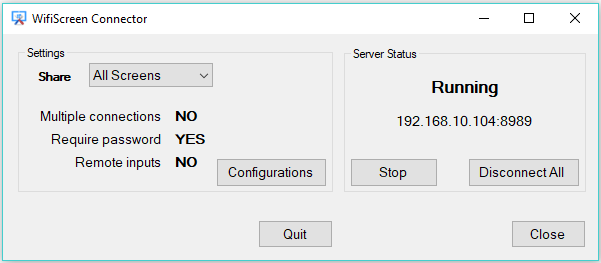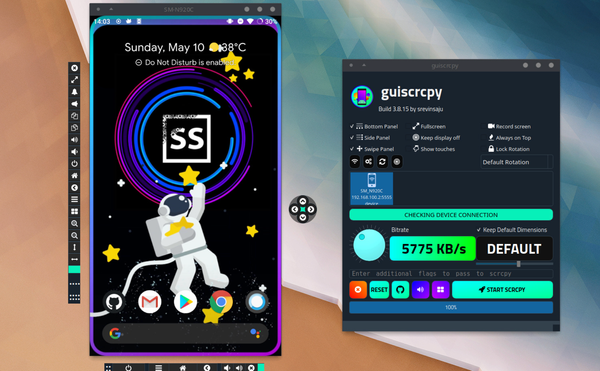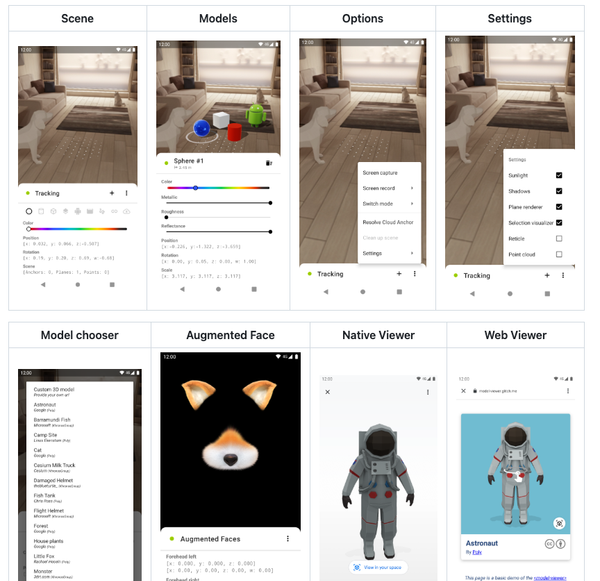The Ghimob Malware Nightmare for Android Users: Will It Return? How to Safeguard Against Similar Threats
New Virus Targets Android Banking Apps: Ghimob Malware Overview
Table of Content
In recent years, malware targeting financial systems has become increasingly sophisticated. Among these, Ghimob stands out as a particularly sinister threat, targeting banking and financial apps with alarming precision. Discovered by Kaspersky security experts, Ghimob is part of a suite of four malware programs that emerged in Brazil but quickly spread across Latin America and into parts of Europe.
The Brazilian hacking group Guildma, known for crafting highly evasive malware, was identified as the creator of Ghimob. This malware’s capability to access financial data and execute unauthorized transactions placed it among the most dangerous mobile threats to date.
Background and Evolution of Ghimob Malware
Ghimob was first discovered after a months-long investigation by Kaspersky’s research team, who identified its advanced tactics for targeting banking applications.
Unlike other malware programs that typically seek to disrupt or demand ransom, Ghimob aimed at financial theft, attacking applications for banks, stock exchanges, cryptocurrency wallets, and other financial services.
Kaspersky’s findings revealed that Ghimob was designed to infect Android devices and specifically targeted apps used for handling sensitive financial transactions.
Guildma’s decision to target banking apps with Ghimob is part of a larger trend of Brazilian cybercriminal groups shifting focus toward international financial networks.
Brazil has seen a rise in cybercrime, with hackers capitalizing on social engineering techniques and targeted attacks against financial systems. Guildma, already known for banking Trojans in Brazil, launched Ghimob to take this strategy to Android devices in multiple regions, including Latin America and Europe.
Ghimob’s design enables it to camouflage its presence on infected devices, minimizing the risk of detection and allowing it to persist for extended periods. Once installed, it gathers information about the infected device, looking for specific financial applications to exploit.
After identifying these apps, Ghimob uses a range of techniques to interfere with legitimate transactions or initiate unauthorized ones, all while hiding its activity from the user. This stealthy approach allowed Ghimob to remain undetected for significant periods, increasing its effectiveness.
Is Ghimob Still Active?
While Kaspersky’s discovery led to awareness and some level of mitigation, Ghimob and similar malware variants remain a looming threat. Malware like Ghimob is often adapted and redeployed with enhancements that make detection even more difficult.
Guildma and other cybercriminal groups continue to refine their tactics, which means that a malware resurgence or evolution is possible.
Even if Ghimob itself is no longer widespread, its tactics and techniques could inspire new malware, posing ongoing risks to Android users, especially those using devices for financial transactions.
What Is Ghimob and How It Works
Once the infection is complete and the Ghimob malware reaches the victim's device, hackers can fully access the victim's phone, control it remotely and perform fraudulent financial transactions such as transferring money to their accounts, bypassing all the protection systems of financial companies and banks designed for these applications and bypassing behavioral fraud prevention systems and some additional security steps.
Complete Device Control: Allows hackers to access the phone remotely, perform transactions, and bypass security protocols.
Techniques Used by Ghimob
Social Engineering: Sends fake messages to encourage victims to download the app.
After that, Ghimob continues its work and phishes by posting itself via the victim’s email and posting itself to the victim’s contacts by sending provocative social engineering messages to the victims such as telling them that they have financial fines that must be paid or else interest will be added to the fine, urging them to download the app and pay the fine as soon as possible and some other social engineering tricks.
Stealth Operations: Hides the app, logs keystrokes, disables manual deletion, and shares screenshots.
Like most malware, once the victim installs the app, the app will hide itself from the screen of installed apps on the device, then escalate its permissions in the system, then disable the feature of manually deleting the app to maintain its presence, then start its work such as logging keystrokes and sharing screenshots (Screen Shoot) of the targeted financial apps.
The new and distinctive thing about the Ghimob application is that it is able to record a video of the phone's lock pattern or password and share it with hackers, and then the Ghimob virus unlocks the screen by itself when it feels that the user is not using the phone (usually late at night while sleeping).
It is also able to open an Internet connection if the user has turned off the Wi-Fi or the network, and then it runs financial and banking applications and enters the passwords that were previously saved, and then sends money or cryptocurrencies to the Guildma team.
Screen Unlocking Trick: Records lock patterns and unlocks the phone when inactive, using black screens to hide malicious activities.
To ensure that Ghimob works safely, after unlocking the screen, it displays a black screen that covers the entire phone so that the phone appears to be locked and the victim does not see anything from opening the banking or financial application and then entering the login information if the phone owner is awake and then Ghimob continues its operations such as opening financial applications and sending money etc.
Applications Under Attack (150+ Apps)
The malware can target over 153 apps, with a majority being financial services in Brazil, and others in Germany and other Latin American countries.
Experts warn that Ghimob’s international spread signals the rise of similar malware in the future. Financial institutions are urged to improve security protocols with stricter authentication and enhanced app development.
It is worth noting that Ghimob is the first Brazilian malware specialized in targeting banking applications capable of spreading internationally.
A Worthy time grapper
Experts also believe that this type of malware will become more widespread and common in the coming months and years, calling on financial and banking institutions to further develop their applications, implement protection measures, add some strict steps in two-factor authentication when transferring financial transactions, and take some additional steps that may be tedious for users but will provide an additional layer of protection, and also calling on users to be careful and not install applications from outside known stores and to be more cautious and careful.
How to Protect Yourself against Similar Threats?
- Download Apps from Trusted Sources: Avoid installing apps from unofficial websites or unknown sources.
- Enable Two-Factor Authentication (2FA): Always use 2FA for financial apps to add an extra layer of security.
- Monitor App Permissions: Regularly check and limit permissions granted to installed apps.
- Use Mobile Security Software: Install reliable antivirus software to detect malware. Hypatia: Your Free Defense Against Android Malware Threats

- Keep Your OS and Apps Updated: Ensure your phone and apps have the latest security patches.
Protecting Your Android Device from Financial Malware
As malware like Ghimob evolves, users must take proactive steps to safeguard their Android devices. Here are essential measures to protect your device against financial malware and similar threats:
- Download Apps Only from Trusted Sources: Always download applications from verified sources like the Google Play Store. Avoid sideloading apps from unknown sources, as this is a common entry point for malware.
- Use Strong Security Software: Install reputable antivirus or anti-malware software on your device. These tools can detect suspicious activity and provide real-time protection against malware.
- Enable Two-Factor Authentication (2FA): For banking and financial apps, enable 2FA wherever possible. This adds an extra layer of security, reducing the risk of unauthorized transactions.
- Regularly Update Your Device and Apps: Software updates often include patches for security vulnerabilities. Keeping your device and apps updated ensures you are protected against known threats.
- Limit App Permissions: Review the permissions requested by each app, especially those handling sensitive data. Avoid granting unnecessary permissions, as excessive access can increase the risk of exploitation.
- Monitor Your Accounts Regularly: Frequently check your bank and financial accounts for any unauthorized transactions. Early detection can help minimize potential losses if your account has been compromised.
- Avoid Public Wi-Fi for Financial Transactions: Public networks can expose your device to man-in-the-middle attacks. Always use a secure, private connection when accessing financial apps.
- Install Security Updates and Patches Promptly: Android updates and patches frequently address security gaps that malware could exploit. Ensure your device’s security is always up to date.
- Be Cautious with SMS Links and Emails: Phishing attacks are often used to distribute malware. Avoid clicking on links in unsolicited messages, and verify the source of any message requesting financial information.
Conclusion
As mobile banking grows, so do the threats. Ghimob isn't just another piece of malware – it's a wake-up call for the entire mobile finance world. While developers and financial institutions race to build stronger security walls, the responsibility doesn't stop there.
Users need to stay sharp, keeping their devices updated and being careful with app permissions. The message is clear: in our mobile-first financial future, security isn't optional – it's essential for everyone with a smartphone in their pocket.
Further Readings















